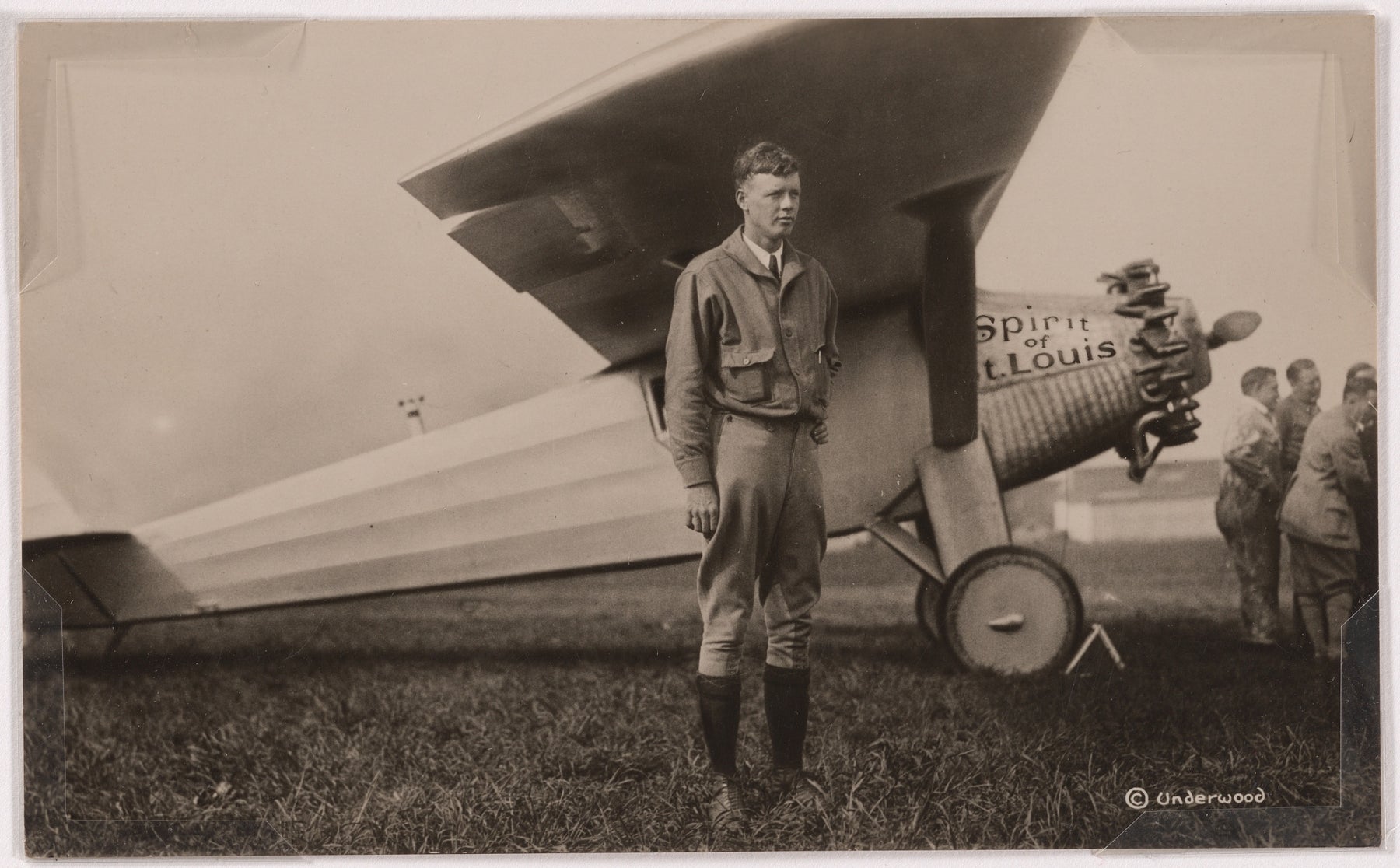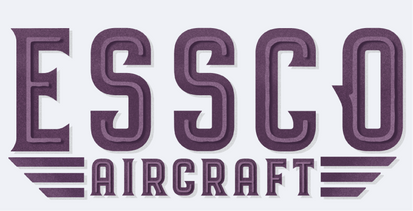
Aviation Appreciation Friday - Charles Lindbergh and his Solo Transatlantic Flight 🛩️
We are kicking off our new series, Aviation Appreciation Fridays with a very special aviator, Charles Lindbergh.
Born in Detroit, Michigan on February 4, 1902, he achieved fame for his solo nonstop flight across the Atlantic Ocean in 1927.
From an early age, Lindbergh expressed an interest in motorized transportation. When he entered college as a mechanical engineering student, he was transfixed by the concept of flight. Lindbergh quit college in February 1922 to enroll at the Nebraska Aircraft Corporation’s flight school in Lincoln. Lindbergh left Lincoln in June and proceeded to spend the next few months barnstorming across multiple states including Nebraska, Kansas, Colorado, Wyoming, and Montana as a wing walker and parachutist.

Photo Credit: Wikipedia
He completed his first solo flight in May 1923 at Southern Field in Americus, Georgia in a WW1 surplus Curtiss JN-4 “Jenny” biplane. The following week, he took off from Americus to Montgomery, Alabama, 140 miles to the west for his first solo cross-country flight. A few weeks after leaving Americus, he completed another aviation achievement by making his first night flight near Lake Village, Arkansas.
On March 19, 1924, Lindbergh reported to Brooks Field in San Antonio, Texas, where he began a year of military flight training under the United States Army Air Service. He graduated in March 1925, one of the only 18 of 104 cadets who began flight training earlier that year that remained to graduate. Lindbergh accredited this year as pivotal for his development as a focused and goal-oriented individual and aviator.
In October 1925, Lindbergh served as a chief pilot for the Robertson Aircraft Corporation, RAC, and completed the 278-mile Contract Air Mail Route #2, CAM-2, between St. Louis and Chicago. He as well as three other RAC pilots completed CAM-2 in de Havilland DH-4 biplanes. He left in February 1927 for San Diego, California to oversee the design and construction of the “Spirit of St. Louis”.
Lindbergh selected the Ryan NYP (New York to Paris) aircraft, a high-wing monoplane, for his transatlantic flight. Renamed the "Spirit of St. Louis" in honor of his backers from St. Louis, Missouri, this custom-built monoplane was designed to maximize fuel efficiency and range. The “Spirit of St. Louis” is currently preserved at the National Air and Space Museum in Washington, DC.

Photo Credit: Educational Technology Clearinghouse
Lindbergh's ultimate decision to attempt a solo nonstop flight across the Atlantic was driven by his desire to win the Orteig Prize, a $25,000 reward offered to the first aviator to successfully complete such a journey between New York and Paris. Charles Lindbergh was one of several aviators who were motivated to attempt the transatlantic flight in pursuit of the Orteig Prize. He saw the prize as an opportunity to fulfill his dream of making a significant contribution to aviation and achieving fame and recognition.
On May 20-21, 1927, Charles Lindbergh successfully completed his solo nonstop flight. He took off from Roosevelt Field in Long Island, New York, on the morning of May 20, 1927. His departure was witnessed by a small crowd of onlookers and well-wishers, including aviation enthusiasts and members of the press.
His planned route took him northeastward over the Atlantic Ocean. He navigated using a combination of dead reckoning, celestial navigation, and occasional sightings of landmarks or ships. He faced quite a few challenges during his solo flight, including fatigue, the aircraft fought icing, flew blind through dense fog for several hours, and the constant risk of mechanical failure. But he endured these challenges with remarkable determination and focus. Throughout the flight, Lindbergh maintained radio contact with ground stations and ships along his route, providing updates on his progress and receiving weather forecasts and navigation assistance.
After 33 hours and 30 minutes in the air, Lindbergh spotted the coast of Ireland in the early hours of May 21, 1927. He then continued across the English Channel and finally reached his destination, Le Bourget Field near Paris, France.
Lindbergh's landing at Le Bourget Field was a momentous occasion, greeted by a massive crowd of cheering spectators and dignitaries. He touched down at 10:22 p.m. local time, completing his historic solo nonstop flight across the Atlantic.

Photo Credit: National Air and Space Museum
Following the completion of his historic flight, he earned the nicknames “Lucky Lindy” and “The Lone Eagle” to highlight his remarkable achievement and the public's admiration for his courageous and pioneering spirit.
Lindbergh's achievement captured the world's attention and earned him instant fame and acclaim. He was hailed as a hero and received numerous honors and awards. Needless to say, Lindbergh's solo flight not only won him the Orteig Prize but also inspired a new era of aviation innovation and exploration. His accomplishment remains a symbol of courage, determination, and the boundless potential of human achievement in the field of aviation.
Bibliography:
The Charles Lindbergh Wikipedia page offers a comprehensive overview of Charles Lindbergh's life, achievements, and legacy.
Smithsonian National Air and Space Museum - Visit the official website of the Smithsonian National Air and Space Museum for more information on aviation history.
National Archives - Explore the National Archives website for historical documents and records related to Charles Lindbergh and many others.
"The Spirit of St. Louis" by Charles A. Lindbergh.
"Lindbergh" by A. Scott Berg.
